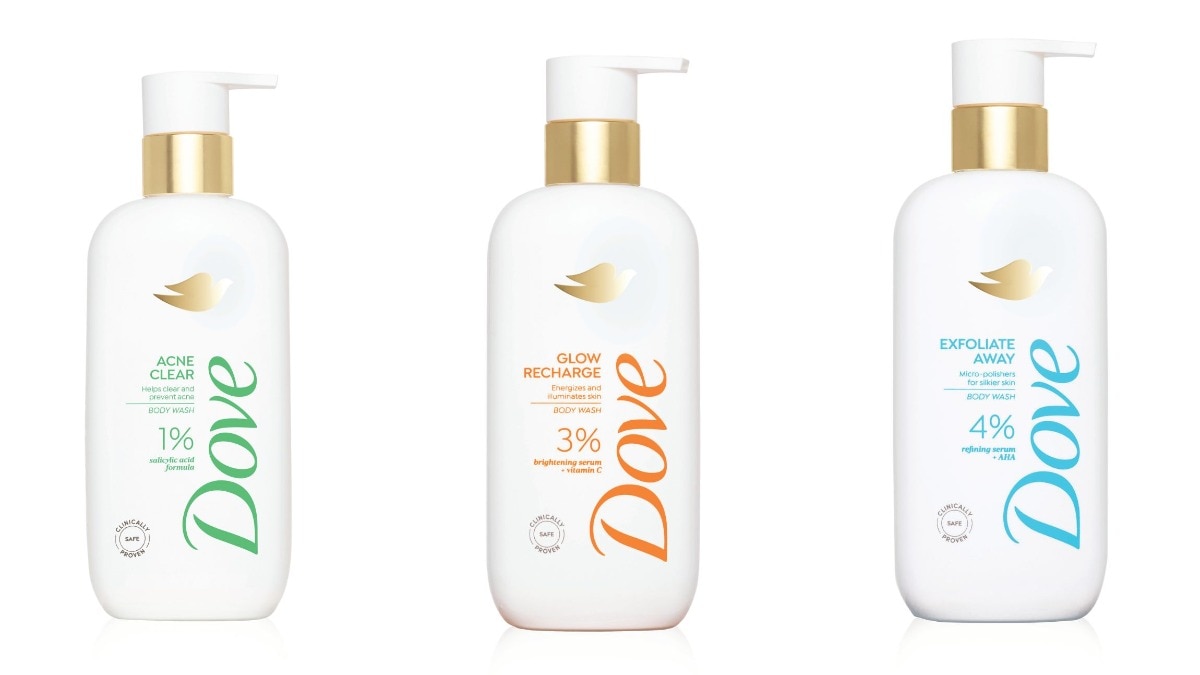
How to strengthen and sculpt your body using the Lagree method
The celebrity-approved workout is not for the faint-hearted, says one reformer devotee.


As an avid reformer Pilates fan who’s been attending classes (both in London and Melbourne) for more than two years now, I feel comfortable in stating that I’m on my way to mastering reformer as a concept. So, when I was given the opportunity to try Lagree – the comparable method reportedly beloved by celebrities like Meghan the Duchess of Sussex – I jumped at the chance. How hard could it be?
That Lagree Pilates is tougher than its reformer cousin is a fact that I can confirm to be true. But as challenging as the workout is, it’s equal parts rewarding – and for those who want to see a big difference to their fitness levels in a short window of time, it’s arguably a modern-day muscle-toning miracle-worker.
Here’s what you need to know about the Lagree method, including how I fared.
Meet the experts
Elissa El Hadj, former athlete, celebrity trainer and co-founder of Form Studios
Kylie Archer, founder of MegaMode
What is Lagree?
Like Pilates, Lagree was created by its namesake: in this case, Sebastien Lagree. Back in the early 2000s, it was designed as a fitness method with the aim of achieving maximum results in a minimum timeframe. It’s taught on a machine called a Mega Proformer (or a ‘Megaformer’), which looks a little like a reformer bed, but is slightly larger and with more bells and whistles (more on this later).
“The Lagree method is a low-impact, high-intensity workout,” explains Kylie Archer, the founder of MegaMode, where I began my Lagree journey. “It features targeted exercises performed at a slow and controlled pace, activating slow twitch muscle fibres [endurance muscle fibres].”
The benefits are wide-ranging, from strengthening muscles to toning the body as a whole. “It’s designed to sculpt, strengthen and condition your entire body in a super-efficient, controlled way,” says Elissa El Hadj, the co-founder of Form Studios, which offers Lagree sessions. “Every move is slow and deliberate, which keeps your muscles under tension for longer – and that’s where the physical transformation happens.”
Lagree blends strength training, endurance and cardio, meaning you reap the benefits of all three.
How is Lagree different from reformer Pilates?
Perhaps the most common question about Lagree – and one I had myself – was how this method differs from the better-known reformer Pilates. Firstly, as mentioned, there’s the equipment: the machine the workout is performed on is noticeably different from your regular reformer bed.
As well as the springs, sliding carriage and straps that reformer fans will be familiar with, a Lagree bed has additional features such as handlebars, a balance pole and standing platforms. The springs are also different – for example, at the studio where I did my classes, there were just red and yellow spring options, but around 10-12 of them, rather than the usual five to six in reformer Pilates (which also tend to vary in colour). Altogether, this makes for even more customisable and challenging workouts.

A Megaformer machine at MegaMode studio
Lagree and reformer Pilates are inherently different as concepts, too. “Traditional Pilates, whether on the mat or reformer, is lower in intensity and tends to focus more on alignment, flexibility, and smaller, isolated movements,” explains El Hadj.
“Lagree, on the other hand, is much more intense – it blends strength training, endurance, cardio and balance into one session. While Pilates is often about precision and flow, Lagree is about pushing your muscles to their limit while maintaining control and form.”
Lagree stands apart from most other strength-based classes, including mat Pilates. Archer says that the Lagree method “forces you to work during the eccentric as well as the concentric part of the movement, something that regular strength classes don’t usually achieve.” Don’t expect much time out during a Lagree class either. “While many strength classes have allotted breaks, Lagree classes tend not to, instead emphasising fast transitions from one exercise to the next which keeps the muscles under constant tension and the heart rate elevated.”
“What sets Lagree apart is the ‘time-under-tension' principle,” echoes El Hadj. “You’re moving slowly and staying in positions that challenge your muscles far beyond what you’d typically get in a faster-paced strength class. There’s no momentum to rely on – just pure muscular control.”
Why has Lagree become so popular?
The recent boost in popularity has undoubtedly been helped by celebrity endorsement; Lagree is a hot commodity within the A-list fitness world. Stars such as Kate Hudson, Karlie Kloss and Kim Kardashian are reportedly all fans. “It’s certainly getting a lot of attention from celebrities and athletes, which definitely adds to the visibility,” notes El Hadj.
But it’s what Lagree actually stands for that the experts believe to be the real draw; it’s beloved for its ability to offer something new, in line with our evolving tastes. “I think people are craving workouts that actually work – not just trendy, high-energy classes, but something that delivers real strength and definition, with transformative results, without beating up your joints or negatively impacting your nervous system,” El Hadj says.
What is a Lagree class actually like?
I felt confident going into my first Lagree class, given that I am a reformer regular (usually averaging three classes a week) – but I must admit, the 45-minute session was a shock to the system. In Pilates, you are often given intense exercises with holds that only last a short amount of time. Lagree, on the other hand, really challenges you through much longer holds and greater time spent on each movement or exercise. We spent around five minutes repeating the same inner-thigh exercise, for example, which tired me out far more quickly than the shorter reps in my normal Pilates class.
Alongside the longer holds, I noticed that there was much more of a focus on the core – most exercises were targeted towards working the mid-section and enhancing core strength. There were plenty of planks (the ‘warm-up’ for example, was holding a minute-long plank) in all sorts of variations (high planks, elbow planks, side planks – you name it), all held for significant enough periods of time to cause me to struggle.
The workout was also noticeably more dynamic and fast-paced than I’m used to; I didn’t have a moment to even reach for my water bottle once, and this was just a beginner’s class. Additionally, the machines are complex to navigate as a newbie, so it’s important to listen and follow instructions – this is definitely a workout best performed in a studio as opposed to at home, at least initially.
It was a feat and notably harder than an average reformer class, but I did feel strong afterwards and can see how regularly attending would deliver quick results in terms of toning and core strength. As with most workouts, consistent training would help you to improve quickly and master both the moves and the Lagree bed itself. I certainly ached the next day (my inner thighs!), but it was accompanied by a satisfying sense of achievement.
Who could try a Lagree class (and who should avoid it)?
The fitness pros I spoke to all agreed that Lagree was designed as an inclusive fitness approach. El Hadj goes so far as to say that it's accessible to anyone, “regardless of age or fitness level, because it’s low-impact and adaptable.”
I would, however, argue that Lagree sits at the more strenuous end of the scale, and feels more specialised than Pilates. I’m not sure this would be something I could have attempted (or enjoyed) had I not had prior reformer experience that had already begun to fine-tune my core strength. Experience of any strength-based fitness methods would be very beneficial before embarking on Lagree. For this reason, I’d recommend starting with reformer if you’re brand new to Pilates-style practice and working your way up to Lagree.
Don’t forget to discuss any medical conditions or injuries with your instructor and/or a doctor prior to trying Lagree, too. Likewise, if you are pregnant, you should have a conversation to determine your eligibility. Some studios – like MegaMode – don’t generally recommend Lagree to pregnant clients unless they were already a client pre-pregnancy This doesn’t preclude you from practicing Pilates though; try one of these safe prenatal workouts instead.
Lead image: Getty Images
This article originally appeared in harpersbazaar.com/uk
Also read: Lymphatic drainage is having a moment—here’s what it actually does










